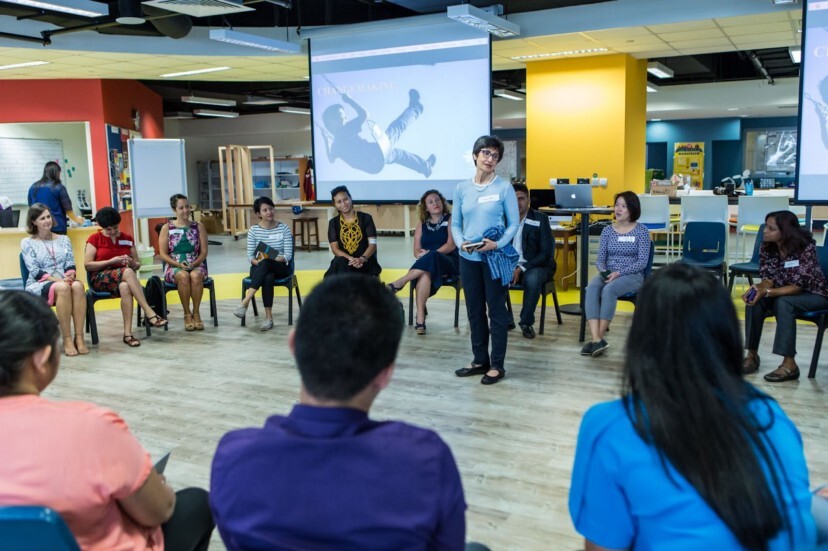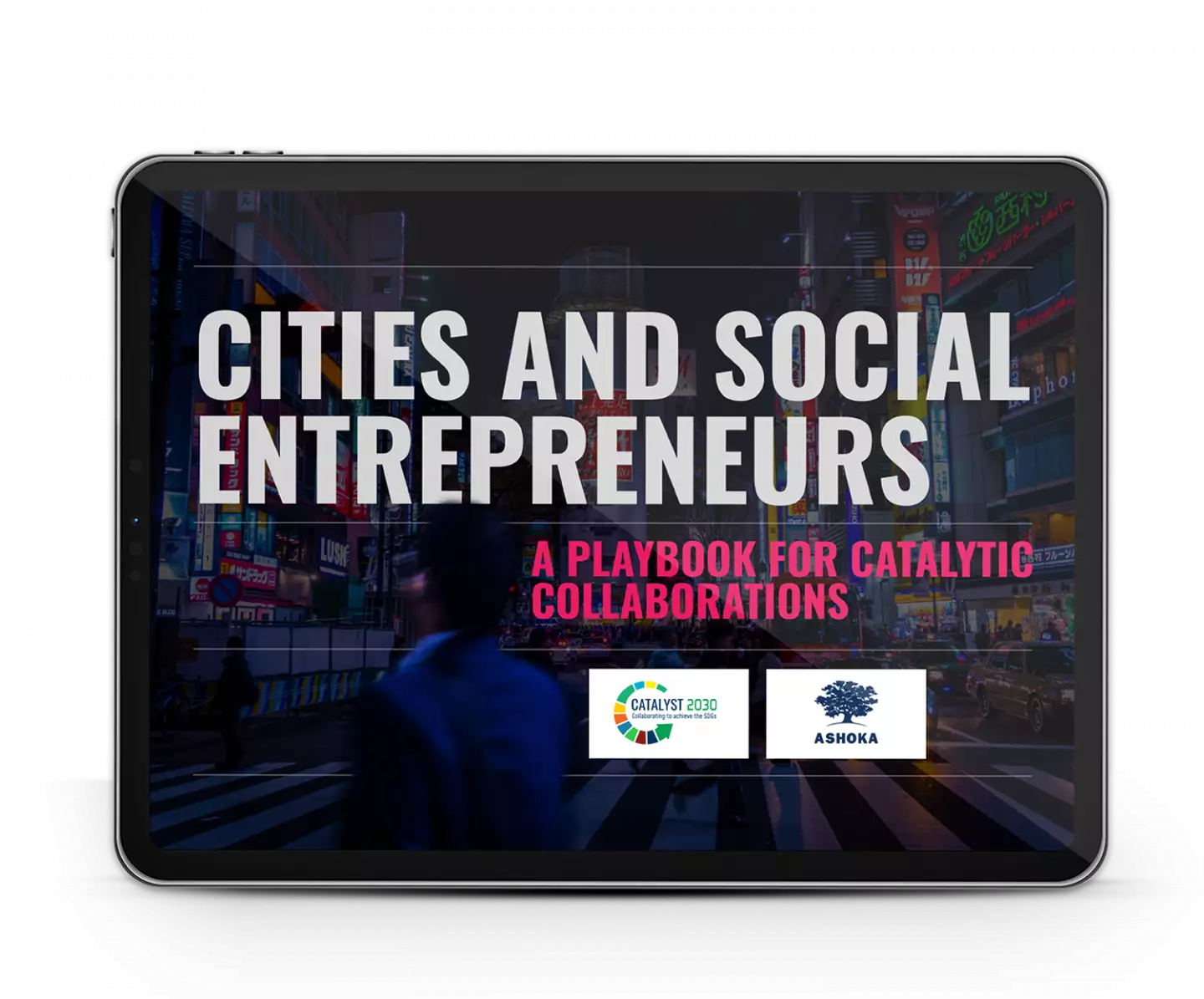
For Ashoka, conscious empathy is the ability to be aware of and understand our own, other individuals' and groups' perspectives, and to use that understanding to recognize patterns over time and guide one’s actions to contribute to the good of all.
But how do we put it into practice and, ultimately, master empathy? With this publication, you get the insights from social entrepreneurs on how to put empathy in action as an individual, in schools and in communities. Here's a sneak peak of one of the chapters:
Treat empathy as a skill
In individuals
-
Experience it. Empathy cannot be transmitted through a book or a lecture: “it has to be about construction, not simply instruction,” says Ashoka Fellow Mary Gordon of Roots of Empathy. It comes of feeling, intuition, and interpersonal connection. Lasting memories—the product of emotional connections rather than mere cognitive understanding—then become a vehicle for applying those lessons outside of the classroom setting.
-
Practice it. “It’s not what you teach, it’s what you emphasize,” says Positive Coaching Alliance founder and Ashoka Fellow Jim Thompson. Lessons and experiences must be reinforced through continual practice and repetition. Athletes who constantly improve both themselves and their team, practice what Jim calls “Double Vision”: the ability to take a hard look internally and take responsibility for your actions, and to look around externally, focusing on what’s happening with your teammates and what you can do to help them be successful. PCA coaches use visual gestures as a constant reminder for kids to put what they’ve learned into practice. If a kid is sitting on the bench, the coach holds his hand up as though looking through a window, reminding him or her to focus on the rest of the team and ways to help them out.
-
Measure it. Empathy is the combination of a number of different skills and aptitudes—the ability to read emotion, to appropriately express emotion, to listen effectively and accept differences, to resolve conflict, and many more—which can be measured independently through a combination of self-assessment, observation, and performance. As with any learning outcome, “we value what we measure,” says Peace First founder and Ashoka Fellow Eric Dawson. Successful programs both measure students’ empathy along a growth spectrum, and connect empathy to the learning process through clear metrics that help teachers track the skill-development of their students.


